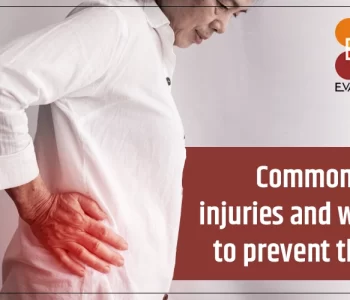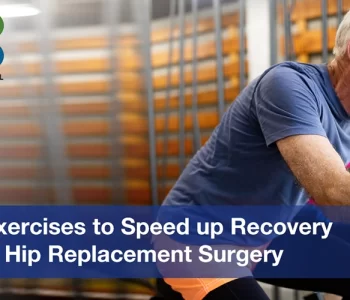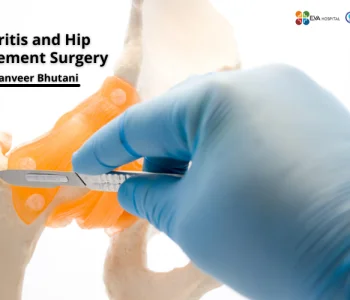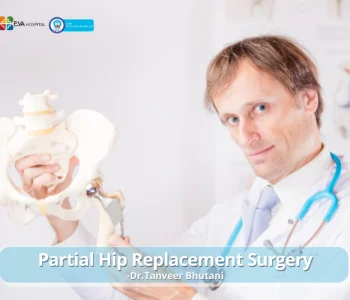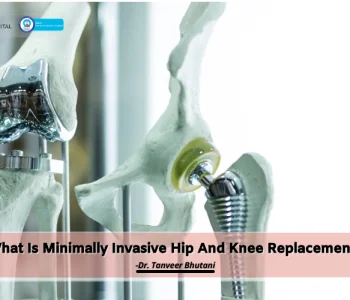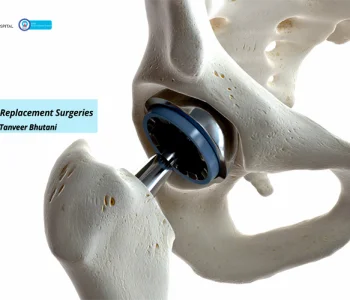What Is a Hip Flexor Strain and How Is It Treated?
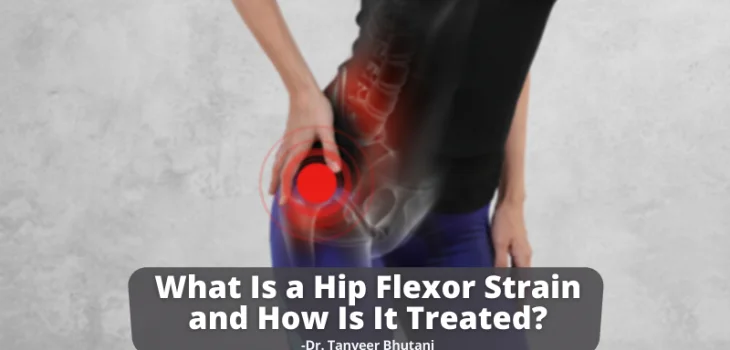 Hip Replacement surgery
Hip Replacement surgery
What Is a Hip Flexor Strain and How Is…
Hip flexor strain is most frequently triggered by “over-usage”. Another way you may get these is osteoarthritis or direct trauma to the posterior.
Though not usually serious, this injury can be pretty painful if not treated early. Gaining knowledge about the strain in the joint that connects the pelvis and femur, and its symptoms can help one get the right treatment for this common orthopedic condition.
The strain occurs when your posterior muscles become injured through numerous activities that cause the muscles to overstretch or tear.
Folding your legs towards your body or bending at the waist. Such strains can differ in severity, from minor injuries, which can be treated at home to major strains that need medical consultation and expert treatment.
What is a Hip Flexor Strain
The hip flexors are a group of muscles. iliacus, psoas major, and the rectus femoris are three major muscles in them. The term flexor denotes flexible muscle tissues that help in stretching or flexing. This group helps you stretch or move your leg or knee towards your body.
The hip flexor strain occurs when you overdo it. Repetitive movements in Activities like cycling, kicking, martial arts, and step aerobics can cause this trauma. These muscles may tear, inflame, and become painful. It may be mild or severe.
We can classify flexor tears into three categories based on the extent of injury:
- Grade 1: Mild damage to muscle tissues, microscopic tears, and mild pain. The hip functions normally.
- Grade 2: Moderate damage to muscular fibers causing pain. The hip frequently depletes while walking. Fear of potentials loss of function.
- Grade 3: Severe rupture & tearing of muscle fibers. The hip cannot hold weight and you cannot walk without limping.
Most people begin with a small grade-1 tear which increases and goes to grade-2 with repetitive use of the entire group of muscles. Caution should be taken to avoid excessive damage.
Early diagnosis at the first two stages is effectually treatable with conservative methods.
The third-grade strains are classified into serious injuries and require consultation and professional treatment by an experienced orthopaedist like Dr. Tanveer Bhutani. He is a celebrated orthopedic surgeon possessing exceptional skills for ortho treatments and surgeries for ankles, elbows, shoulders knee, and joints, etc.
Symptoms
We must know the exact symptoms of hip flexor strain so that we can avoid giving it further injury with repetitive movements. The most common symptoms are:
- Piercing pain in the buttocks or pelvic area
- Cramps in the thighs and upper legs
- Sore buttock area
- Limping while walking
- Stiffness in the groin and hip area just after waking up or being stationary
- Inability to kick, to jump, or sprint
Patients simply attribute the discomfort caused in the hip flexors to tiredness or mild muscle trauma, which it is. However, it begins small and progresses further with repetitive movements involving the same set of muscles.
The initial tear can expand if you do not rest and take precautionary measures. Some grade-3 injuries may occur without any obvious symptoms.
So, when the pain is intense, seek medical help immediately with an orthopedic surgeon.
Diagnosis
Many patients misdiagnose their discomfort and continue to suffer for months in the condition. Although severe pain in the posterior, pelvis, or thigh is an evident sign of a hip flexor strain, ache in the lower back and leg is easy to misinterpret.
It’s pretty natural for the patient to assume that the pain in the leg or back is originating in that particular area only. However, it isn’t always so straightforward.
Having understood the usual symptoms, a visit to a seasoned bone clinic is a must.
At Eva Hospital, Dr. Tanveer Bhutani is the Orthopaedic and sports injury specialist. He would consider your medical history and physical activities to ascertain the cause of hip strain.
He may prescribe an X-ray or MRI to rule out the likelihood of other disorders. A thorough physical examination would conclude the diagnosis. The correct diagnosis is a very important step in weighing the severity of the injury and deciding the prognosis.
Treatment
Some minor tears of the hip flexors can be treated by resting, applying compression wraps, and avoiding body actions that may aggravate the pain. However, if the pain continues beyond 10days, medical treatment is necessary which may include advanced physiotherapy or even surgery.
Only a professional orthopaedist can accurately evaluate your pain and recommend the appropriate treatment. Dr. Bhutani is very compassionate and knowledgeable.
He has years of experience in diagnosing and treating bone and joint ailments. Patients start feeling relief by just speaking with him during the consultation. With a seasoned doctor, patients can resolve their injuries within 3 visits.
Usually, athletes and other active patients do not want to be tied down in long periods of inactivity. His therapy is targeted, aimed at building strength and a speedy recovery.
There are treatments for immediate relief and long term healing. When your doctor is experienced and as decorated as Dr. Tanveer Bhutani, simply follow his advice meticulously.
He has vast experience in joint replacements such as elbow, ankle, knee, shoulder, or hip. Pain in feet, sports injuries, etc., and his expertise is phenomenal.



